The Haunting of Hill House
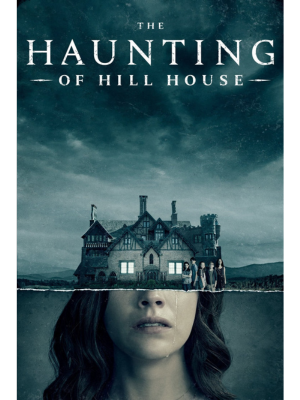
TV Mini Series, 2018, TV-MA, 1h
Table of Contents
What Is The Haunting of Hill House About?
A fractured family faces the unsettling memories of their old home.
Why You Should Watch The Haunting of Hill House
The Haunting of Hill House is a standout series that offers viewers a deeply engaging and emotionally rich experience. Created by Mike Flanagan, this Netflix horror drama masterfully combines elements of suspense, mystery, and family drama to create a narrative that captivates from beginning to end. The series centers around the Crain family, whose traumatic experiences in Hill House continue to affect their lives years later. This intricate storytelling keeps audiences invested as they unravel the complex relationships and hidden secrets that bind the family together.
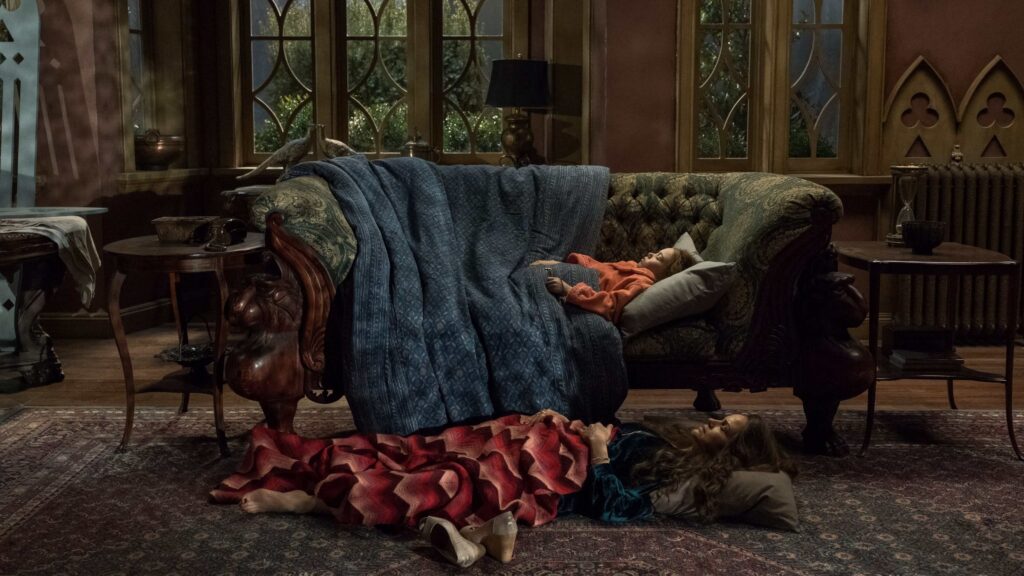
One of the primary reasons to watch The Haunting of Hill House is its exceptional character development. Each member of the Crain family is portrayed with remarkable depth and nuance, allowing viewers to form strong connections with them. The series delves into the personal struggles and emotional burdens that each character carries, making their journeys both relatable and compelling. The actors deliver powerful performances, bringing authenticity and emotional weight to their roles. This strong character focus ensures that the audience is not just watching a horror story, but also experiencing the profound personal growth and challenges faced by the characters.
The storytelling in The Haunting of Hill House is another compelling reason to watch. The series employs a non-linear narrative, skillfully weaving together past and present events to gradually reveal the full scope of the family’s history and the haunting occurrences at Hill House. This approach creates a sense of intrigue and suspense, as each episode uncovers new layers of the story and deepens the mystery. The careful pacing and well-structured plot keep viewers engaged, eager to piece together the puzzle and understand the true nature of the haunting.
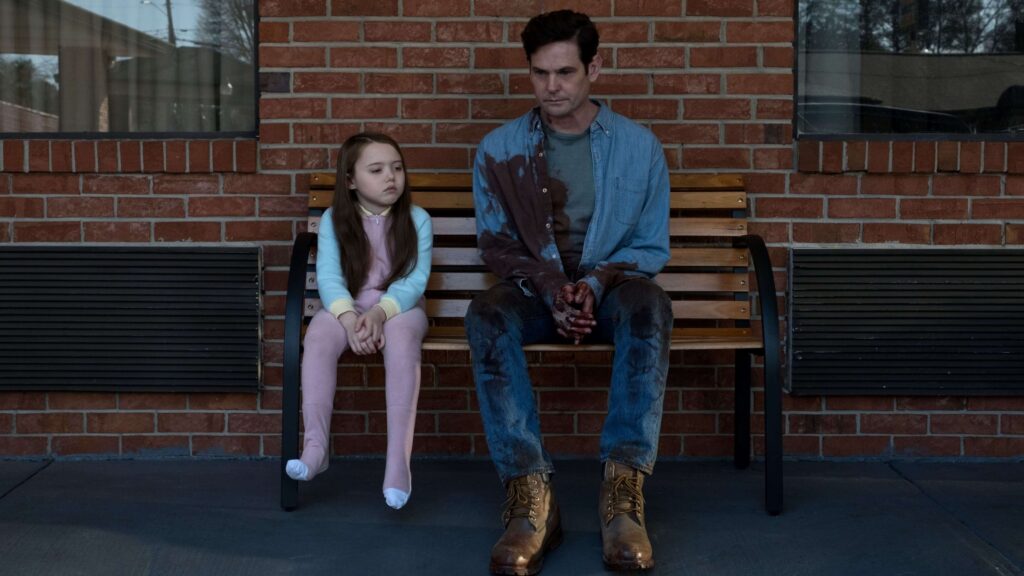
Additionally, The Haunting of Hill House excels in balancing intense, suspenseful moments with heartfelt, emotional scenes. This blend of horror and drama ensures that the series appeals to a wide range of viewers, offering both thrilling scares and touching moments of human connection. The emotional depth of the story allows the horror elements to feel more impactful, as the stakes are deeply personal and the characters’ fears are rooted in real, relatable experiences. This balance makes the series not only frightening but also moving and thought-provoking.
The originality of The Haunting of Hill House sets it apart in the crowded horror genre. While it draws inspiration from classic haunted house stories, it introduces unique twists and fresh perspectives that make it truly distinctive. The focus on family dynamics and the long-term effects of trauma provides a fresh take on horror, moving beyond typical jump scares and supernatural threats to explore the lingering impact of past events on present lives. This innovative approach keeps the series fresh and engaging, offering something new even for seasoned horror fans.
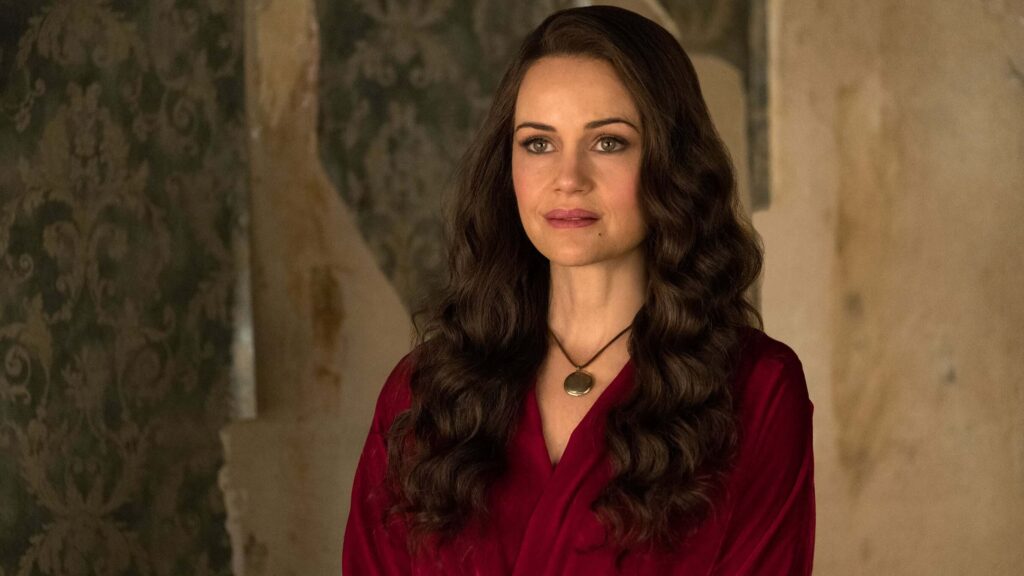
Moreover, the emotional resonance of The Haunting of Hill House ensures that it leaves a lasting impression on its viewers. The series tackles complex emotions and difficult experiences with sensitivity and depth, allowing audiences to empathize with the characters and their struggles. This emotional investment enhances the overall viewing experience, making the horror elements more meaningful and the story more memorable. The ability to evoke genuine emotions alongside fear creates a powerful and immersive narrative that stays with viewers long after they finish watching.
Lastly, The The Haunting of Hill House has received widespread critical acclaim for its quality and storytelling. Its success is a testament to the meticulous craftsmanship and dedication that went into its creation. The series has been praised for its intelligent writing, strong performances, and ability to blend horror with emotional depth seamlessly. This critical recognition highlights its status as a must-watch series, recommended not only to horror enthusiasts but also to anyone who appreciates well-crafted, emotionally engaging storytelling.
The Theme of The Haunting of Hill House
The Haunting of Hill House, a Netflix series created by Mike Flanagan, is a deeply layered narrative that explores several profound themes, weaving together elements of horror with rich emotional and psychological undertones. One of the central themes of the series is family dynamics and the lasting impact of childhood trauma. The story follows the Crain family, both in their past at Hill House and in their present lives, highlighting how unresolved issues and traumatic experiences from childhood continue to haunt each family member into adulthood. This dual timeline structure emphasizes the idea that the past is never truly gone and that healing requires confronting and understanding those early wounds.
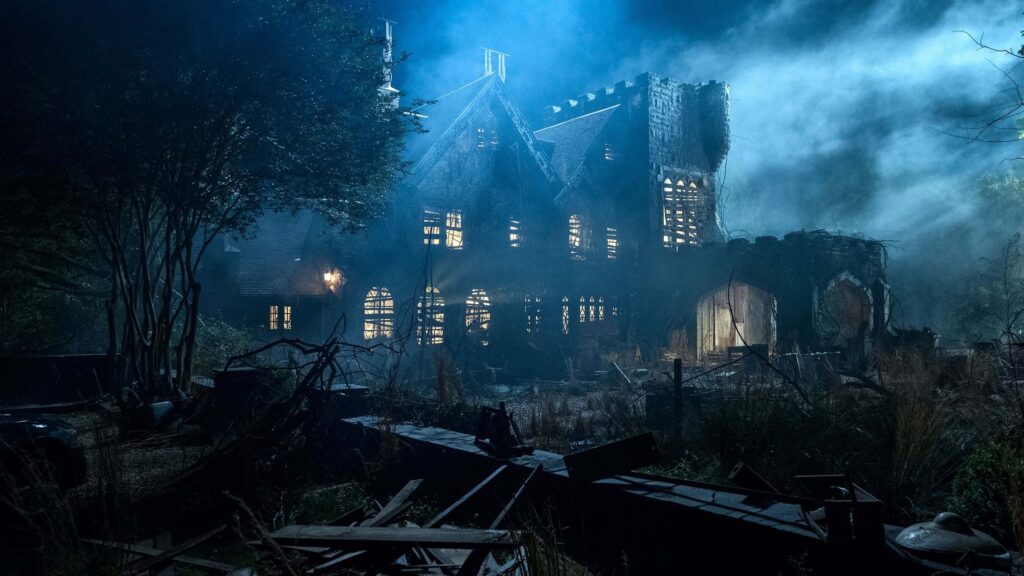
Another significant theme is grief and loss. Each member of the Crain family deals with the death of their parents and siblings in different ways, showcasing the varied responses to loss. The series delves into how grief can manifest as guilt, anger, denial, or even as a driving force behind one’s actions. The supernatural elements of the show often symbolize these internal struggles, with ghosts and hauntings representing the characters’ inability to let go of their pain and sorrow. This personification of grief makes the emotional journey more tangible and relatable for the audience.
Mental health is also a prominent theme in The Haunting of Hill House. The series portrays various mental health issues, such as PTSD, anxiety, and depression, through its characters’ experiences. The haunting occurrences in the house serve as metaphors for the characters’ psychological battles, illustrating how mental health challenges can feel as terrifying and inescapable as any supernatural threat. By addressing these issues openly, the series fosters a deeper understanding of the importance of mental well-being and the necessity of seeking help and support.
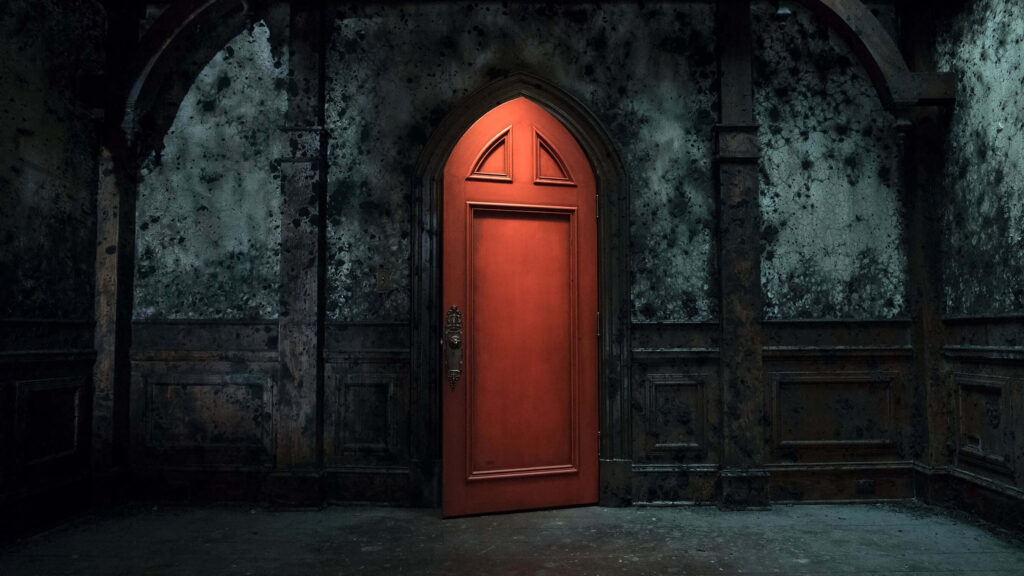
The concept of memory and perception plays a crucial role in the narrative. The Haunting of Hill House explores how memories can be unreliable and how past events can be distorted by time and trauma. The characters’ recollections of Hill House are fragmented and subjective, often blending reality with supernatural occurrences. This theme highlights the complexity of human memory and the ways in which our perceptions shape our understanding of our own histories and identities. It also underscores the idea that confronting and reconciling with one’s past is essential for personal growth and healing.
Isolation and the fear of being alone are also explored throughout the series. Hill House itself is depicted as an isolating environment, cut off from the outside world, which amplifies the characters’ feelings of loneliness and desperation. This sense of isolation extends to the family members in their adult lives, where each character grapples with their own sense of separation and disconnection from others. The supernatural threats in the house exacerbate these feelings, making the struggle for connection and understanding even more urgent and poignant.
Lastly, the series delves into the idea of legacy and the inheritance of trauma. The experiences at Hill House leave lasting scars on the Crain family, suggesting that trauma can be passed down through generations if not addressed. This theme emphasizes the importance of breaking the cycle of pain and fostering a supportive environment where individuals can heal and thrive. It highlights the responsibility each person has in contributing to the well-being of their family and the power of resilience in overcoming adversity.
The Cinematography of The Haunting of Hill House
Camera work in the series is meticulously designed to enhance the horror and emotional depth of the story. Gioulakis employs a variety of camera angles and movements to evoke feelings of unease and tension. Low-angle shots make the Hill House appear imposing and menacing, while tight close-ups capture the characters’ fear and vulnerability. Tracking shots are frequently used to follow characters through the house, creating a sense of claustrophobia and perpetual pursuit by unseen forces.
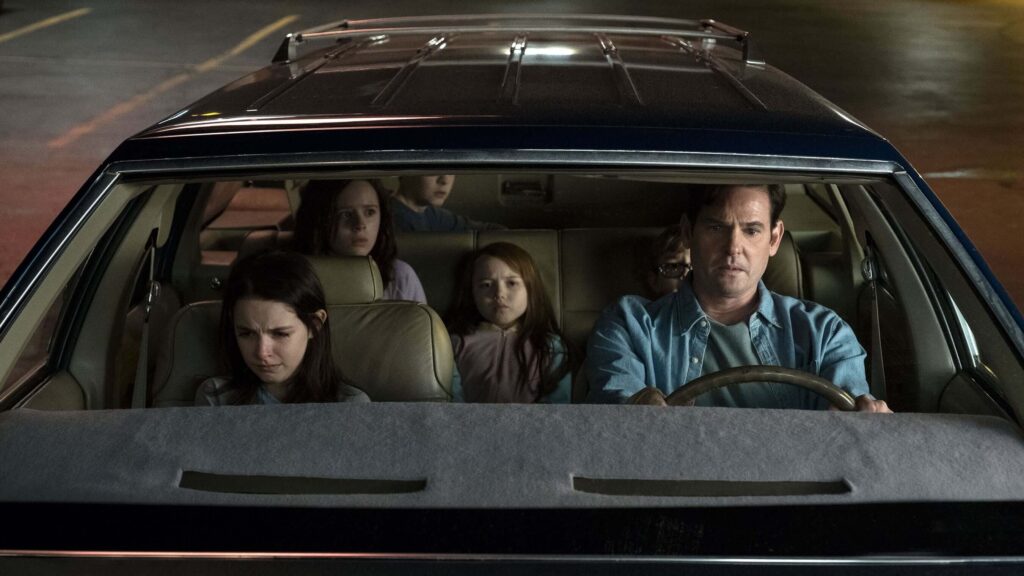
Lighting and shadow play a crucial role in establishing the eerie and suspenseful mood. The series makes excellent use of natural and artificial lighting to cast deep shadows and obscure details, heightening the sense of mystery and danger within Hill House. Strategic lighting also highlights important visual motifs, such as the spiral staircase, which symbolizes the characters’ descent into their traumatic memories.
Additionally, the framing of scenes often emphasizes isolation and separation among the characters, reflecting their internal struggles and fractured relationships. Wide shots of the sprawling, decaying mansion contrast with intimate, confined spaces, illustrating the vastness of their fears and the personal nature of their hauntings.
The Soundtrack of The Haunting of Hill House
The soundtrack of The Haunting of Hill House, composed by The Newton Brothers, plays a crucial role in enhancing the series’ chilling and emotionally charged atmosphere. The music masterfully blends traditional orchestral elements with subtle electronic sounds, creating an eerie and immersive auditory experience that perfectly complements the show’s horror and dramatic moments. The Newton Brothers utilize dissonant chords and unsettling melodies to heighten tension and evoke a sense of dread, making viewers more attuned to the underlying fear and anxiety experienced by the characters.
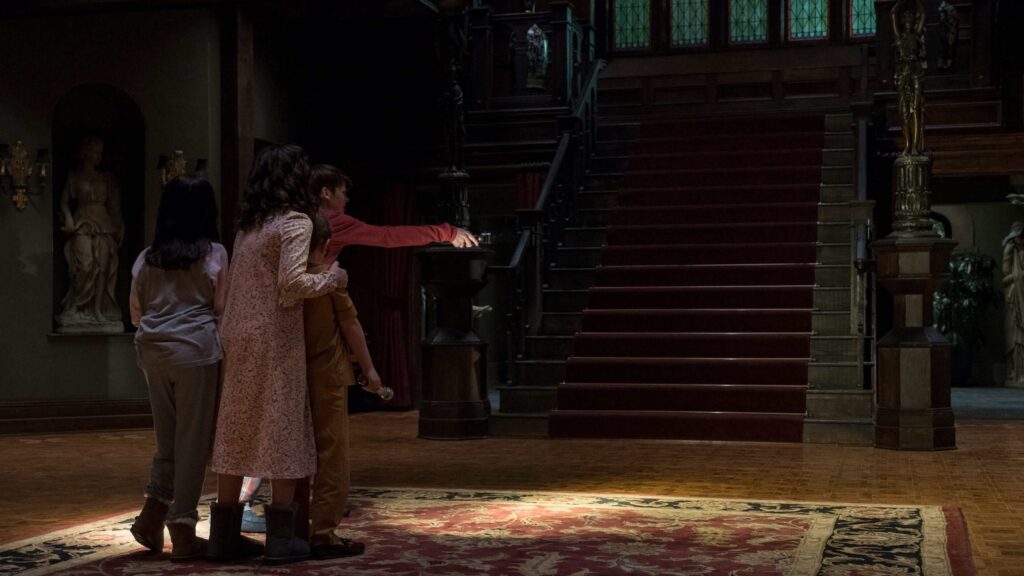
One of the standout features of the soundtrack is its use of recurring motifs and themes associated with specific characters and locations, particularly Hill House itself. This musical consistency helps to reinforce the connection between the characters’ present-day struggles and their past traumas, providing a cohesive auditory narrative that mirrors the visual storytelling. The score often employs leitmotifs that signify impending danger or emotional turmoil, subtly guiding the audience’s emotional responses without overpowering the scenes.
Silence and minimalistic compositions are strategically used throughout the series to build suspense and allow the emotional weight of key moments to resonate more deeply. These quiet passages create a stark contrast to the intense, haunting sections of the score, enhancing the overall impact of the horror elements. Additionally, ambient soundscapes and subtle background noises contribute to the sense of Hill House being a living, menacing entity, adding layers of depth to the viewing experience.
The Newton Brothers also excel in balancing moments of intense sound with softer, more introspective pieces, reflecting the characters’ internal struggles and the show’s dual timelines. This dynamic range keeps the audience engaged and on edge, ensuring that the music enhances the storytelling without overwhelming it. The seamless integration of the soundtrack with the series’ narrative and visual elements makes the haunting and emotional moments even more powerful and memorable.
Listen to the motion picture soundtrack below.
The Cast of The Haunting of Hill House
- Michiel Huisman as Hugh Crain – The patriarch of the Crain family, a successful real estate developer who invests in the infamous Hill House.
- Carla Gugino as Olivia Crain – The matriarch of the Crain family, fiercely protective and loving.
- Timothy Hutton as Peter Crain – The eldest son of the Crain family.
- Elizabeth Reaser as Shirley Crain – The eldest daughter who turns to religion to cope with the horrors experienced at Hill House.
- Oliver Jackson-Cohen as Steven Crain – The second son, who faces relentless bullying and emotional abuse.
- Victoria Pedretti as Nell Crain / The Bent-Neck Lady – The youngest daughter, plays a significant role in her family’s experience at Hill House, leaving a profound emotional impact on them
- Henry Thomas as Lloyd Crain – A family friend who acts as a surrogate uncle to the Crain children.
The Filmmakers of The Haunting of Hill House
- Mike Flanagan – Creator, Writer, Director
- The Newton Brothers – Composers
- Rachel Goldberg – Executive Producer
- Toby Alington – Producer
- Steve Lawrence – Producer
- William Steinkamp – Editor

Clam Linguine

Inspiration
The Bent Neck Lady (Little Neck Clams)
More About The Haunting of Hill House
The Haunting of Hill House was primarily filmed in Toronto, Ontario, Canada, which provided a versatile and picturesque backdrop for the series. Toronto’s diverse architecture and wide range of historic buildings made it an ideal location to recreate the eerie and expansive Hill House. The production team utilized several historic homes and estates in the Greater Toronto Area to bring the mansion to life, ensuring that the setting felt both authentic and haunting.
One of the key locations used was the Upper Canada Village, a heritage site that offered period-appropriate buildings and landscapes, perfect for depicting the Crain family’s childhood home. The village’s preserved Victorian-era architecture provided a realistic and atmospheric setting that enhanced the series’ nostalgic and supernatural elements. Additionally, the team employed sound stages and custom-built sets within Toronto to construct specific areas of Hill House, allowing for greater control over the environment and the ability to create intricate, detailed spaces that would be difficult to find in existing buildings.
The choice of Toronto also offered logistical advantages, such as access to experienced local crew members and state-of-the-art production facilities. This facilitated the seamless execution of the series’ complex scenes, from intimate family moments to intense horror sequences. Moreover, Toronto’s ability to stand in for various locations ensured that the production could achieve a consistent and immersive visual style throughout the series.


